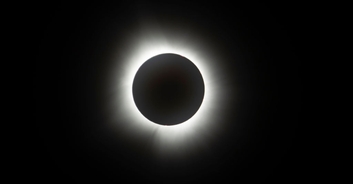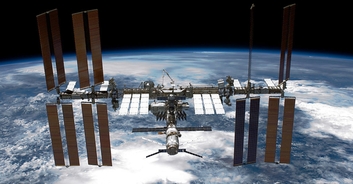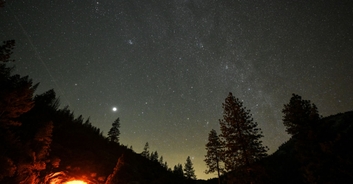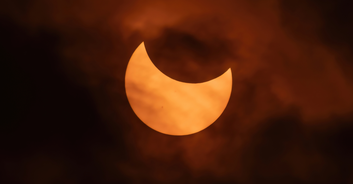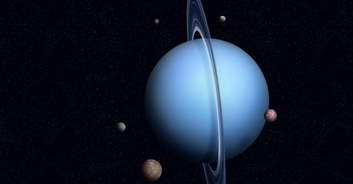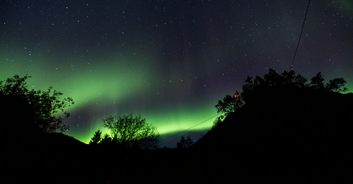A huge solar storm is set to hit Earth today, which forecasters are predicting could wreak havoc with the internet, as well as radio, and GPS services.
A solar storm - known as a coronal mass ejection (CME) is set to hit Earth, and could interfere with our planet's magnetic field, meaning certain forms of communication may be affected.
The event is also predicted to leave amazing auroras, meaning stargazers will see a spectacular show in certain parts of the world.
Space weather physicist Doctor Tamitha Skov shared details of the impending storm on Twitter - now known as X - as she revealed: "The storm is predicted to hit Earth by midday December 1."

She added: "Along with two earlier storms already en route means we have a 1, 2, 3-punch. If the magnetic field is oriented correctly, expect #aurora to reach deep into mid-latitudes.
"Amateur #radio & #GPS reception issues are likely, especially on Earth's nightside. G3+ conditions are possible with this storm series."
Solar storms are graded on a scale of one to five, with one being the smallest and five being the most extreme.
A grading of G3 and above means the solar storm could start to affect satellite and radio navigation, with yourweather.co.uk adding that a G3 solar storm is considered "strong" and "has the ability to cause power fluctuations in power grids, difficulties in power grid control, impacts on satellite navigation, and auroras visible at lower than normal latitudes."
Despite the potential effects of the solar storm, the US National Oceanic and Atmospheric Administration (NOAA) has told the general public that they "need not be concerned" as precautions have been taken to minimize any potential disturbance, adding: "Infrastructure operators have been notified to take action to mitigate possible impacts."
This storm means that auroras may be visible in parts of the world where they usually aren't seen, including in the UK.
The Met Office explained, via the Daily Mail: "This activity brings a chance of visible aurora to parts of the UK today and to a lesser extent tomorrow (1st and 2nd Dec).
"However, the strongest activity is currently expected to occur during daylight hours, although there is a chance of views of the aurora as far south as northern England, Wales, and Northern Ireland given good views of the northern horizon early into the coming night."

A spokesperson from the Met Office added that while the phenomenon should be visible by the naked eye, having a good camera would be beneficial for the best views.
They told the Daily Mail: "Cameras help as the long exposure allows loads of light in and enhances the colors more than the human eye can see.
"That is why you see pictures as far south as Cornwall sometimes though you’re unlikely to ever be able to see it with the naked eye that far south.
"Of course, there is a much better chance of seeing anything away from urban areas due to light pollution."
Featured image credit: Sanka Vidanagama/NurPhoto via Getty Images







